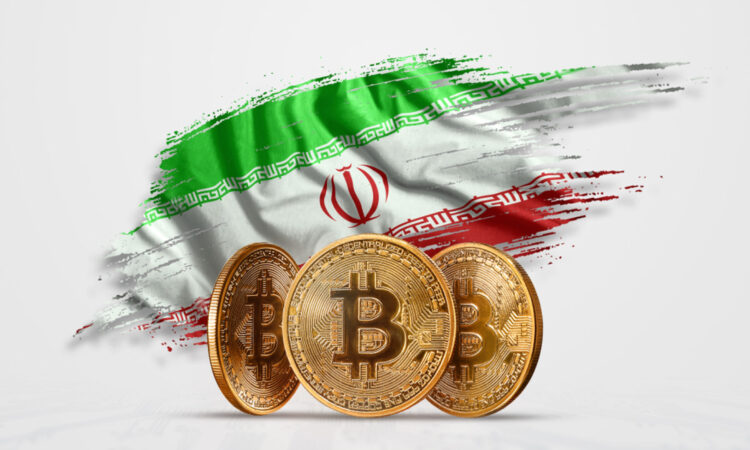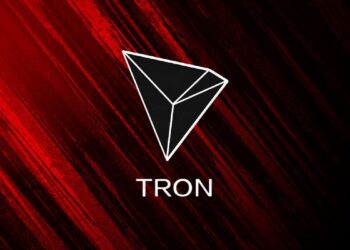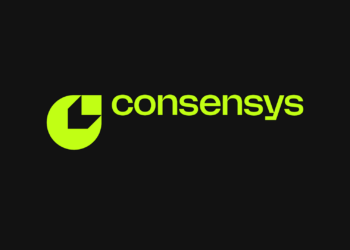Quick Breakdown:
- Iran’s crypto economy experienced an 11% decline in transaction flows in 2025, largely influenced by a conflict with Israel
- A major hack on Nobitex—the largest Iranian crypto exchange—and Tether blacklisting Iranian addresses.
- These factors combined to trigger capital flight, liquidity issues, and declining trust in domestic platforms, disrupting the overall market.
Iran’s cryptocurrency ecosystem faces severe challenges in 2025 as crypto flows dropped 11%, reaching $3.7 billion between January and July, compared to the previous year. This downturn stems from overlapping crises, including a 12-day conflict with Israel starting June 13, a $90 million hack targeting Nobitex—the country’s largest crypto exchange—and broader sanctions-driven disruptions.

The Nobitex Hack, Crypto’s Massive loss
The Nobitex hack on June 18, carried out by the pro-Israel group Predatory Sparrow, exposed vulnerabilities in Iran’s crypto infrastructure. The attackers funneled $90 million into addresses emblazoned with slogans linked to Iran’s Islamic Revolutionary Guard Corps (IRGC), effectively freezing these assets. This incident undermined liquidity, slowed transactions, and spiked outflows from Nobitex by over 150% during the conflict’s escalation. Users sought safer foreign platforms with laxer Know Your Customer (KYC) checks, indicating eroding confidence in Iranian exchanges.
The breach further revealed the regime’s conflicting priorities: enabling warrantless government surveillance on ordinary users while shielding VIP accounts. Leaked Nobitex source code illustrates this dual approach, underscoring its role in Iran’s financial repression and sanctions evasion. Despite the hack, bitcoin mining-linked wallets became active post-incident, consolidating funds into Nobitex’s new hot wallet, reflecting Tehran’s continued reliance on crypto to generate revenue outside conventional financial systems.
Compounding pressures, Tether blacklisted 42 crypto addresses tied to Iran in July, freezing millions in USDT. This action prompted a swift Iranian shift from USDT on TRON to alternative stablecoins like DAI on Polygon, further disrupting market flows. Despite these headwinds, stablecoins remain crucial for Iranians as inflation surges and access to global finance tightens.
The geopolitical conflict, cyberattacks, and regulatory clampdowns illustrate how Iran’s crypto sector is entangled with broader political and economic tensions. While illicit activity constitutes less than 1% of volume, Iran continuously uses crypto for sanctioned imports, espionage payments, and other politically sensitive transactions.
Meanwhile, Centralized crypto exchanges in Latin America have become vital financial infrastructure, with flows increasing ninefold in three years, from $3 billion in 2021 to $27 billion in 2024, an 800% rise, according to Dune Research.
If you would like to read more articles like this, visit DeFi Planet and follow us on Twitter, LinkedIn, Facebook, Instagram, and CoinMarketCap Community.
Take control of your crypto portfolio with MARKETS PRO, DeFi Planet’s suite of analytics tools.”





















